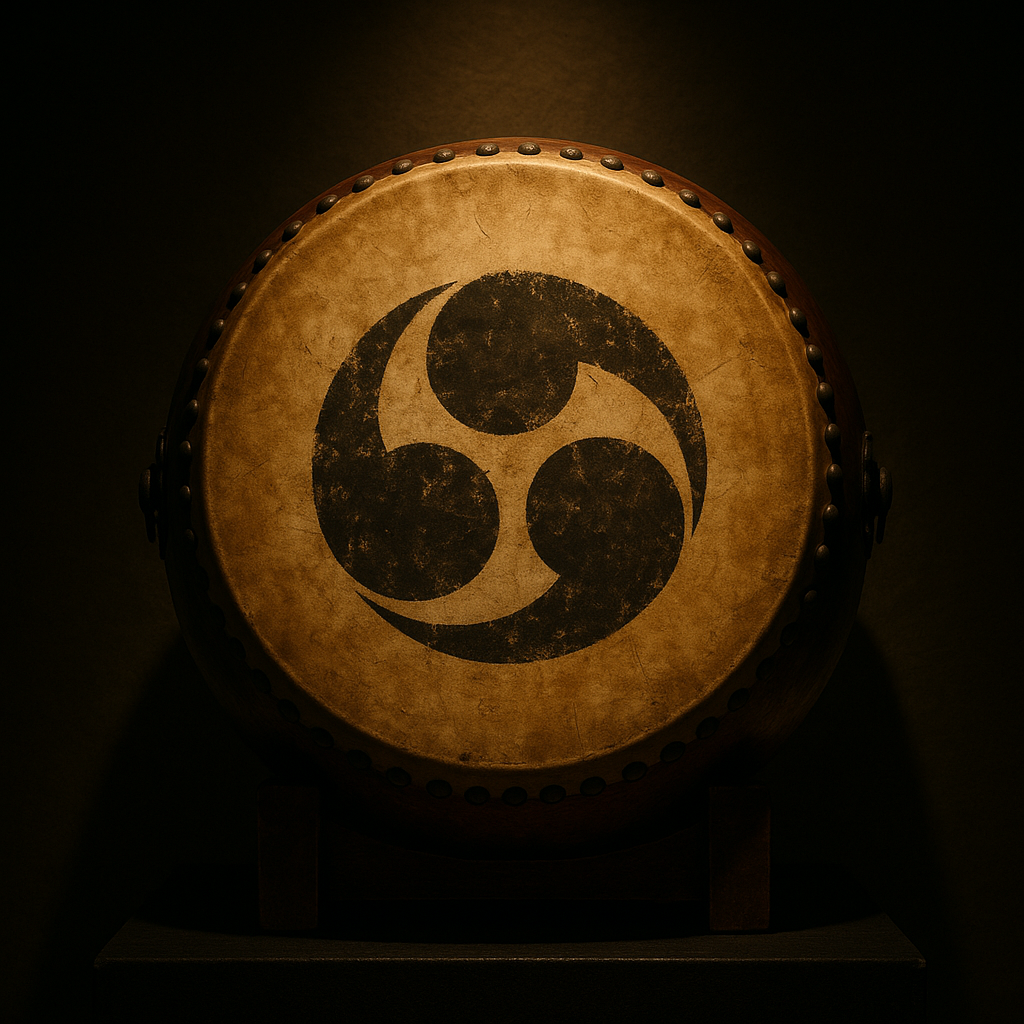
Nara Period
From Temples to Taxation: The Nara Period’s Grand Experiment

From Temples to Taxation: The Nara Period’s Grand Experiment

Our last chapter left you dizzy from the capital‑hopping antics of the Asuka period. After decades of pitching palaces like traveling tents, the court finally decided to settle down. In 710 CE, they laid the foundation for Heijō‑kyō—better known as Nara—and, for the first time in Japanese history, the seat of government stayed put. If Asuka was the turbulent teenage years of the Yamato state, the Nara period (710–794 CE) was its first foray into adulthood: still prone to the occasional rebellion, but suddenly obsessed with order, etiquette and giant bronze Buddhas. In this chapter, we watch Japan emerge from clan politics into a fully bureaucratic empire, with a few plagues and palace intrigues along the way. Before we dive into the details, let’s recap: the Asuka period introduced Buddhism, Chinese writing, Confucian ideals, the Taika Reforms, and a taste for grand architecture. Those innovations carried over into the Nara era, but they did not simply blossom; they were cultivated, codified and sometimes resisted. Think of the Nara period as Asuka’s ambitious sequel—a period when the court took the blueprints drawn under Prince Shōtoku and Fujiwara no Kamatari and tried to build a functioning state. Spoiler: it was messy, fascinating and left behind some of Japan’s greatest artistic treasures.
Building temples was only one facet of the Nara agenda. The court sought to embed the reforms of Asuka into a ritsuryō system—a legal framework modeled on Tang Chinese codes. The word comes from ritsu (criminal law) and ryō (administrative law). Collectively, these codes regulated everything from the structure of government ministries to the obligations of commoners and the privileges of nobles. Under the ritsuryō state, the emperor stood atop a hierarchy of offices; beneath him, eight ministries managed affairs such as rites, civil administration, justice and the imperial household. Officials were appointed based on rank rather than bloodline, at least in theory. The codes also introduced a formal tax system. Farmers were registered, land was measured, and taxes were levied in rice, cloth and labor. The Handen‑shūju system allocated land to households based on household size, reclaiming fields for redistribution every six years. In return, peasants owed a portion of their crops and time to the state. On paper, this system promised fairness and central control. In practice, elites often manipulated it to amass estates, and peasants resented the heavy burdens. Still, the ritsuryō codes gave Japan a legal backbone that would influence governance for centuries.
Tracing Japanese history from the Kofun to the Asuka and now Nara periods is like watching a society discover its identity. In the Kofun era, clan leaders built colossal tombs to assert their power. In Asuka, reformers looked outward, importing ideas to centralize authority and adopt Buddhism. By the Nara period, those imports had been naturalized and monumentalized. Temples replaced tombs as symbols of legitimacy, and law codes replaced clan pacts. The Nara period also reminds us that progress is messy. Attempting to copy Tang China’s governance brought benefits—written law, central bureaucracy—but also unintended consequences, such as heavy taxation and social stratification. Patronage of Buddhism produced sublime art and architecture while fueling political scandals and economic woes. The smallpox epidemic showed that even the most glorious temple cannot shield a populace from microscopic threats. And the Dōkyō affair revealed the perils of mixing spirituality with statecraft. Yet, for all its troubles, the Nara period bequeathed to Japan a foundation of culture and governance. It established a capital that anchored the court for seven decades, codified law, compiled histories and produced art that still inspires. It also set the stage for the Heian period, where literary elegance would bloom and the Fujiwara would become power brokers. As we turn the page to Heian, we carry forward the stories of emperors, monks, poets and farmers who lived through this golden yet turbulent age.